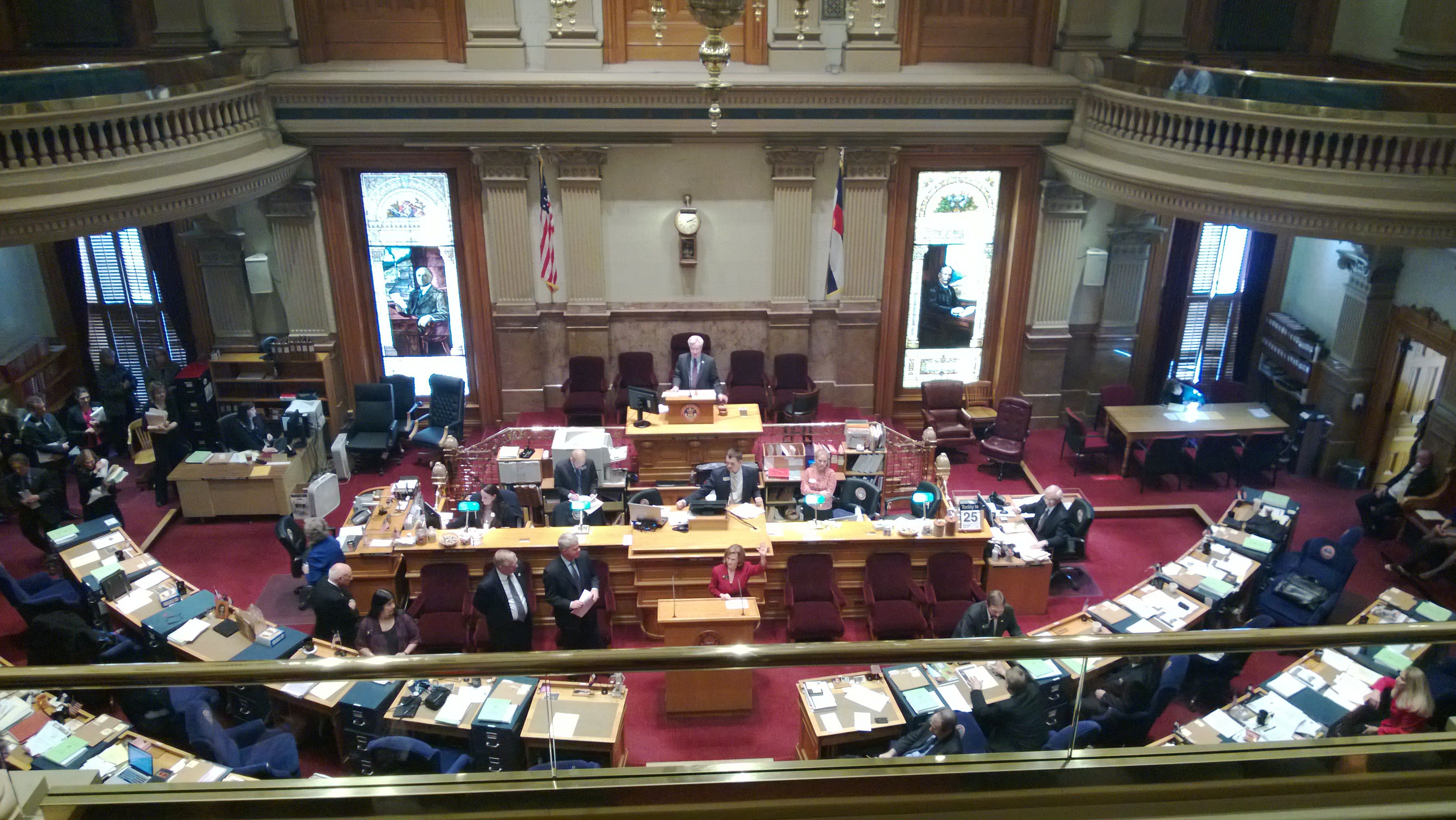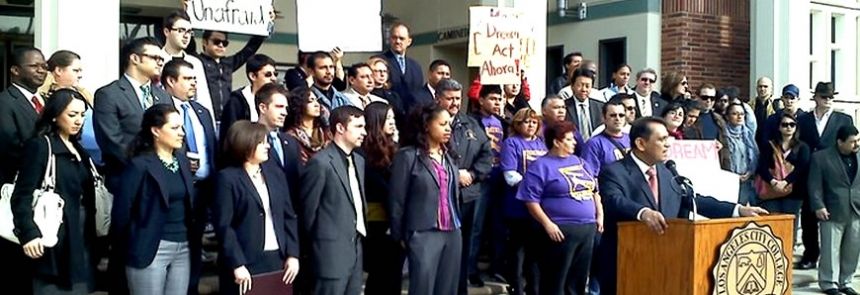Sep 7, 2013
The Digital Waltz
Posted by Dustin Ashley in categories: fun, information science, open access, robotics/AI
When a programmer begins to write his code, he is not merely writing abstract messages to be translated into simple ones and zeros but creating a carefully detailed dance pattern between him and his machine. At the moment of powering up his computer and watching it boot up with controlled anticipation, he is watching decades of digital choreography come to play in front of his eyes. This dazzling spectacle is the threshold of where his creative energies take place. This is where his mind goes to work in creating precise and detailed instructions for his machine to put into action. This may be true but to the true programmer, one who puts his heart and soul into his keyboard and pushes his combined passion and creativity to the next level, is the one who truly masters the art and becomes legendary. To these people, they are not merely writing code but are creating art that comes alive at the push of a button. This is one aspect of programming that a computer jockey wishes to do: create art.
The arena that a programmer wishes to dance in is always at his discretion. Be it Eclipse, Visual Basic, or even a simple word processor, they all have their merits. This is where the artist creates. This is where the programmer takes their initial keystrokes and gingerly pecks at them with blazing speed and mechanical accuracy. To those around him, the programmer appears to be rushing to complete task but this is not the case. To those who program and write code, time seems to stand still as they carefully work on their masterpiece. They put all other issues aside and commit their time and energy into designing their next creation, their new child. They take pleasure in their work and commit much of their lives to perfecting this art and designing innovative creations. To them, this in itself is a dance within the massive operating system and their dance partner is the code itself. Around the duo is a multitude of processes, other couples composed of daemons that maintain a proper status quo and the many parent/child processes around. This may not be a dance for them, but a dance made possible by love and circuitry. This dance is beautiful, but one careless misstep will cause the fellow dancer to become dissatisfied and will refuse to dance. Even though the code may be your child, your child is a picky creature that is only satisfied by the successive combination of accuracy and precision.
After the dance is complete and with all syntax as elegant as a well-played ballad, the debugger shall take hold of the remaining tasks. She is a lovely creature that plays as the nurse for your newly born child. She makes sure that your child is flawless and only speaks when she has found your child to be defective. If this occurs, the dance resumes and the creator begins again. As one ages with time, one should strive to become perfect or to work hard enough to write perfect code. After the debugger has nursed your child into being, with one keystroke she comes alive and begins to speak with you. She will be as intelligent as you make her and as resourceful as you are, only to make as many mistakes as you made in your dance. She is a loyal child, one that completes every task that you ask of her. Your child’s only request is that you keep her safe and to give her the resources she needs. When this criterion isn’t met, she will become unhappy and will refuse to help you. Rather than showing rage and frustration, the artist must be patient and be giving to the child.
With the creation of a new child, a responsible artist will show her to the world and allow others to share similar experiences that the programmer has had. Others will shelter the child, making sure that their child will not be taken from them. The programmer must be smart, and must take protective measures to make sure this doesn’t happen. Some will ask outsiders for help, others will make sure that fellow digital craftsman will acknowledge that their child is theirs and only theirs. As with any parent, they will respect the programmer as they share the same vision and passion for the art as they do. As the programmer shows their child to the world, their child is able to help others and those in need. The programmer’s child will become another part of the user’s life as the child assists them with their needs. The programmer will take pride in their child for all the good their child has done. Eventually, other programmers will want to take the child and will execute a more intimate dance with her. This is most often out of your hands, so all you can do is hope that she is used for benevolent purposes only. This intimate dance will alter your child and create an offspring, a variant of your original design. This will continue ad infinitum until your child has aged to where she is no longer useful. With teary eyes and a heavy heart, the programmer will see his creation fade away from existence.










